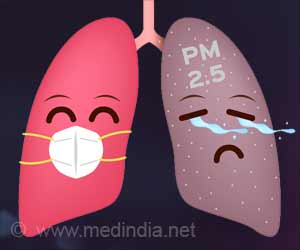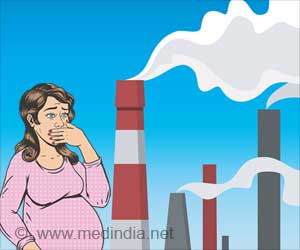Exposure to air pollution can increase the risk of developing cardiovascular diseases such as stroke or heart attack, according to a study conducted in a periurban area in southern India.

‘The level of exposure to ambient and household air pollution is related to carotid intima-media thickness (CIMT).’
Read More..




The study shows that people most exposed to fine particles have a higher CIMT index (carotid intima-media thickness), a marker of atherosclerosis, which means they are at higher risk of developing cardiovascular diseases such as stroke or heart attack. Read More..
"Our findings highlight the need to perform more studies on air pollution in low- and middle-income countries, since the conclusions may differ considerably from studies in high-income countries due to differences in population characteristics and air pollution levels and sources," said researcher Cathryn Tonne from the Barcelona Institute for Global Health (ISGlobal).
Previous studies indicate that inflammation and atherosclerosis are most likely responsible for the association between long-term exposure to air pollution and cardiovascular disease and mortality.
For the findings, the research team picked India, a lower-middle-income country with high levels of air pollution.
The study was performed with 3,372 participants from a periurban region of Hyderabad, Telangana, in southern India.
Advertisement
The participants also provided information on the type of cooking fuel they used.
Advertisement
Sixty percent of participants used biomass cooking fuel.
"people using biomass fuel for cooking had a higher CIMT, particularly women who cooked in unventilated spaces." In addition, "women had a higher CIMT than men, which could be due to the fact that they spend more time in the kitchen, breathing air polluted by biomass fuel," study first author Otavio Ranzani, explained.
According to the study, annual average exposure to PM2.5 was 32,7 µg/m3, far above the maximum levels recommended by the WHO (10 µg/m3).
"This study is relevant for countries which, like India, are experiencing a rapid epidemiological transition and a sharp increase in the prevalence of hypertension, diabetes, and obesity," Tonne said.
"In addition, the country is affected by high levels of air pollution, both ambient and indoors," Tonne added.
Source-IANS














